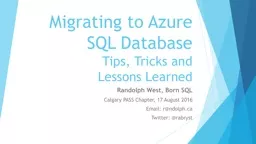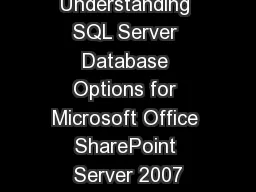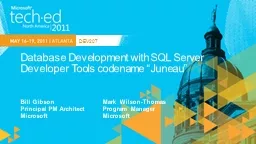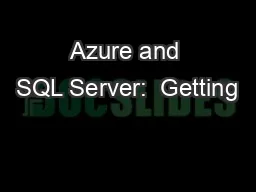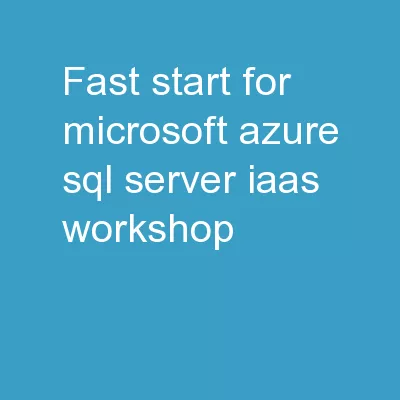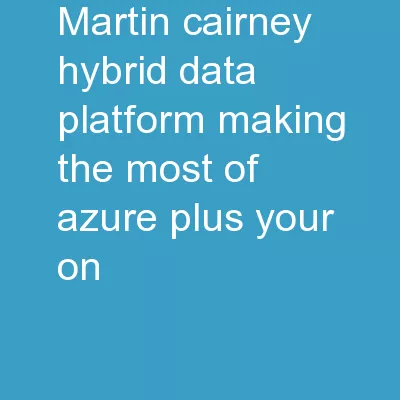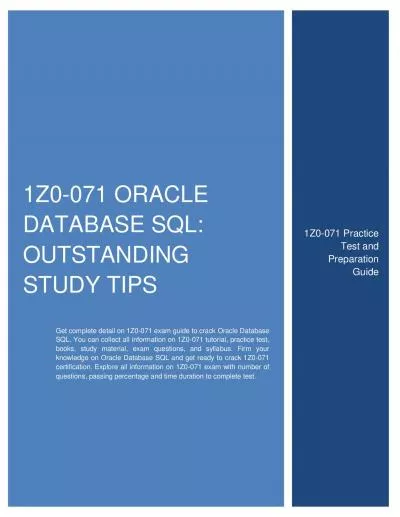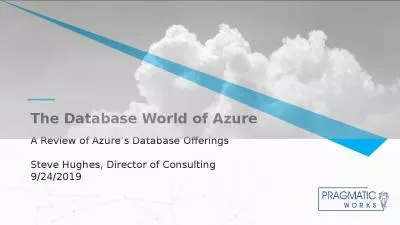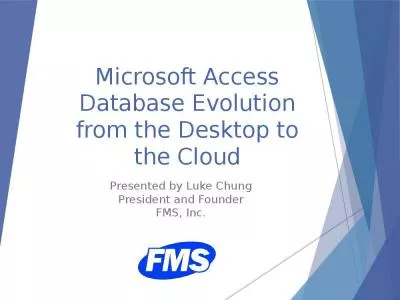PPT-Migrating to Azure SQL Database
Author : pamella-moone | Published Date : 2018-03-23
Tips Tricks and Lessons Learned Randolph West Born SQL Calgary PASS Chapter 17 August 2016 Email rndolphca Twitter rabryst Whats the Difference Azure SQL Database
Presentation Embed Code
Download Presentation
Download Presentation The PPT/PDF document "Migrating to Azure SQL Database" is the property of its rightful owner. Permission is granted to download and print the materials on this website for personal, non-commercial use only, and to display it on your personal computer provided you do not modify the materials and that you retain all copyright notices contained in the materials. By downloading content from our website, you accept the terms of this agreement.
Migrating to Azure SQL Database: Transcript
Download Rules Of Document
"Migrating to Azure SQL Database"The content belongs to its owner. You may download and print it for personal use, without modification, and keep all copyright notices. By downloading, you agree to these terms.
Related Documents

